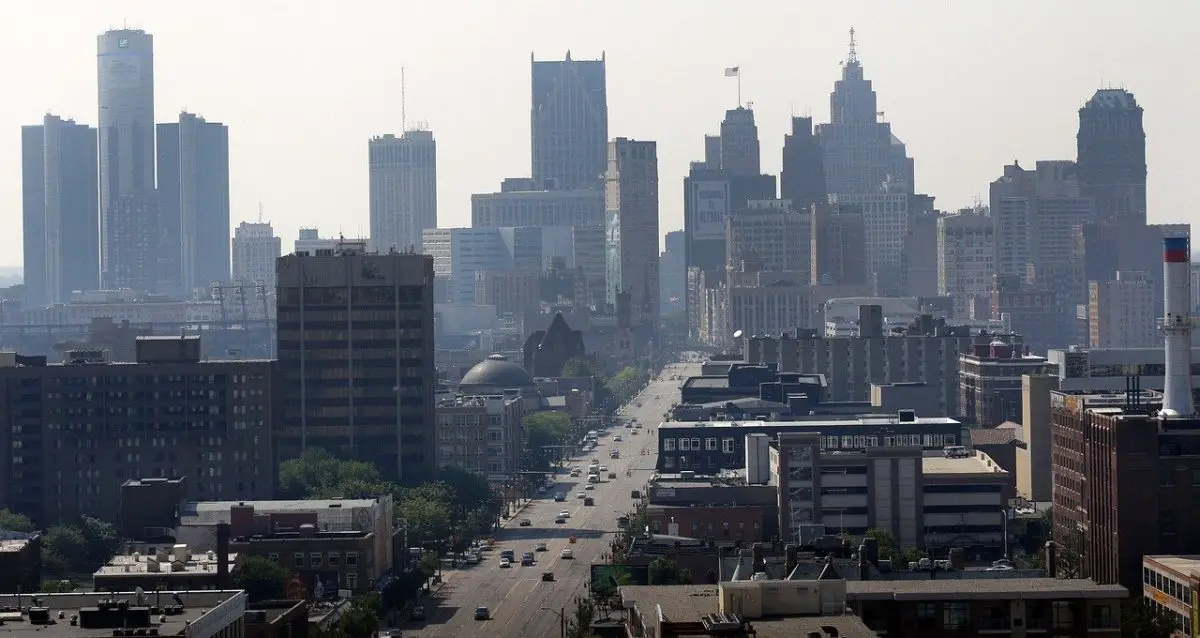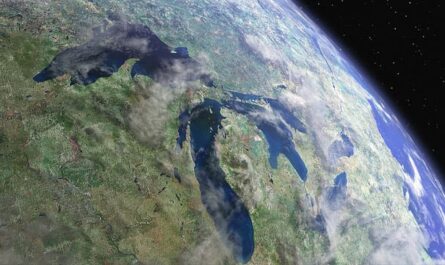Every citizen has a guaranteed right to a healthy environment. According to experts, stumbling blocks that affect Michigan are interconnected. The environmental problems in Michigan are primarily due to the inadequate action of various industries that neglect the damage they cause to nature. While influencing us daily to a large extent and shaping the modern age, we get aware only when they happen.
Polluted Air
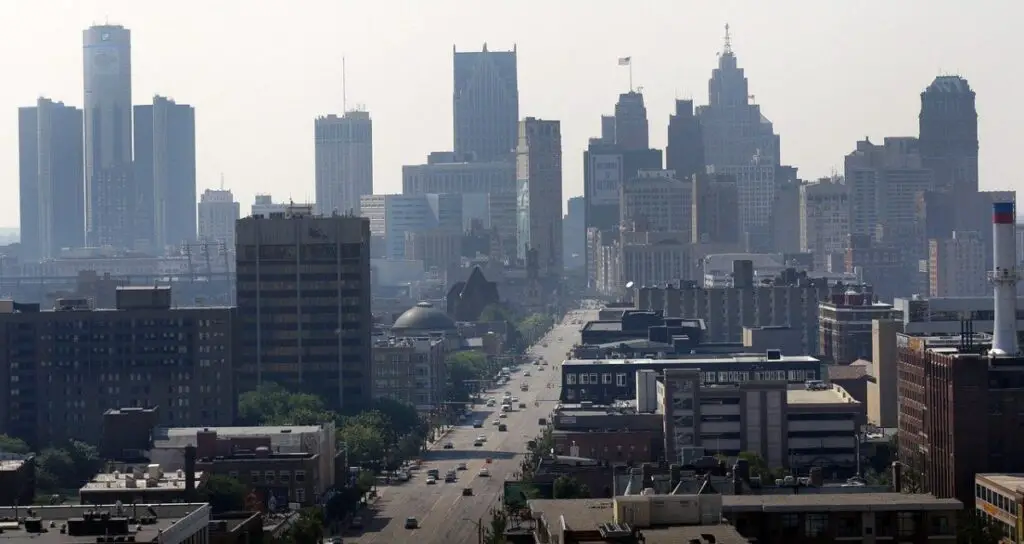
According to the American Lung Association, more than half of the inhabitants of the United States breathe air that may be dangerous to health. Particulate pollution – solid particles and droplets of various chemicals – is most common in large cities with coal-fired plants and heavy diesel trucks, such as Chicago, New York, and Detroit.
Nearly 13 million people in America suffer from asthma attacks because of chronic airways inflammation. Polluted air only aggravates its symptoms. Heart patients also suffer from dirty air, and all this together leads to an increase in health care costs, which is a thing that also heavily impacts residents of Michigan. In addition, polluted air does not help the immune system of citizens who may need to respond to respiratory infections, including Covid 19, which in most cases attacks the airways and compromises breathing.
While the impact on respiratory and cardiovascular diseases is well documented, new science shows that contamination also appears as a risk factor for children’s health and even diabetes. Vulnerable and low-income groups are particularly affected, such as pregnant women and children. According to expert-written essays on climate change published on Studydriver tackling gender aspects of clean energy poverty, women in Michigan are at higher risk and more exposed because they have lower incomes and spend twice as much time on household chores as men. In addition, the elderly and those already suffering from respiratory and other serious diseases are more than affected.
This is not an unsolvable issue. Instead, new and innovative technical solutions and business models for reducing greenhouse gas emissions and other forms of contamination at the local level should be developed to eliminate risks.
Power Plants
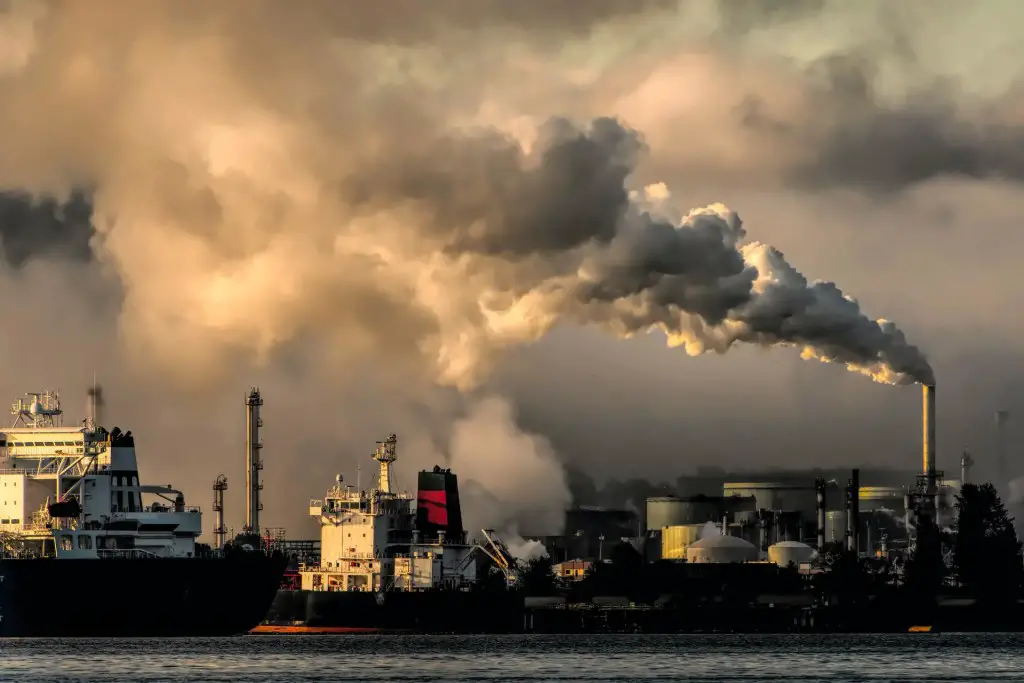
Coal combustion is the largest single basis of contamination in Michigan, with electricity plants playing a significant role. The companies that manage them often fail to comply or seek waivers, with the law on harmful gas emissions. The same applies to other large combustion plants – industrial plants with the highest energy sources consumption, and they are most responsible for pollution in industrial activities and electricity production.
It will not be possible to achieve carbon neutrality for half a century with coal-fired plants. Also, the industry is in danger of financial collapse if it does not start adopting cleaner technologies quickly.
Suppose we look only at the industry and electricity production activity. These are steel mills, cement plants, refineries, and other hotbeds of corruption at the local and broader level. Coal is also used in heavy industry and heating in heating plants, smaller boiler rooms, and households, so switching to cleaner fuels would eliminate this cause.
To combat air pollution, competent institutions must have zero tolerance for violations of laws and standards. Civil society can contribute by strengthening its capacity to initiate court proceedings. In addition, legal interventions should be accompanied by awareness-raising campaigns to gain support.
According to the Aarhus Convention, they have the right to participate in decision-making to analyze the impact of existing and planned industrial plants on the environment. In addition, international citizens and organizations dealing with environmental issues can help the Michigan Department.
Contaminated Drinking Water
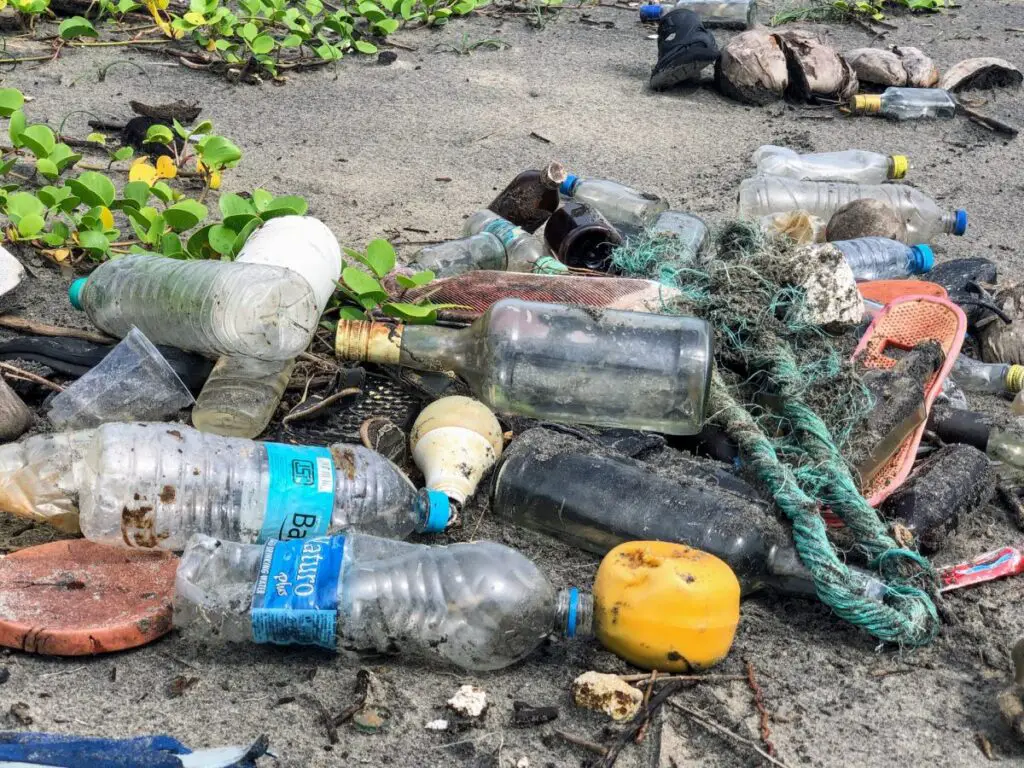
The Great Lakes hold 84% of the surface freshwater in North America. Yet, thanks to them, contamination and invasive species threaten to destroy this valuable resource.
Upper Huron, Lake Michigan, Erie, and Ontario are undoubtedly the most valuable resource on the entire American continent, incomparably more valuable than oil, natural gas, or coal. Together, they make up more than a fifth of the world’s freshwater – 22.7 billion gallons – and 84 percent of all freshwaters in North America.
Some 40 million Americans and Canadians live in this Great Basin. This is a water supply and one of the most popular ecotourism destinations. We fish on them, transport goods across them, cultivate their shores and work in cities that would not exist if there were no lakes. But unfortunately, we have also introduced invasive species.
Artificial fertilizers, which we use to grow corn that we feed the animals we eat and produce biofuels that we pour into our vehicles, have contributed to the mass flowering of toxic algae in such quantities that they can be seen from space. And with our continuous greenhouse gas emissions, we have even managed to change the weather over most of the Great Lakes, which is why violent storms have become more frequent.
Recently, the Government has announced plans to recultivate the basin with a $1 billion investment that implies restoration and thoroughly cleaning up hotspots suffering from invasive species. Over the next eight years, the EPA will clear up 22 Areas of Concern sites, of which nine are in Michigan. More than 40 million residents will get access to clean water upon the project’s completion, and the renewable energy projects will open jobs for 1.3 million.
Devastating Floods

One storm in 2016 caused power outages and low levels of clear water in Michigan. As a result, cities on the shores of one of the largest freshwater lakes in the world have been without running water for hours.
Such devastating storms seem to be becoming a new, expensive, regular occurrence. Global warming destabilized the so-called jet stream, an air current that flows at high altitudes around the planet from west to east. As a result, the temperature differences between the middle and higher latitudes that drive the jet stream are getting smaller, which slows down this massive air torrent. And that affects the seasonal weather phenomena: storms are becoming more frequent and robust.
Some climate models predict that the number of extreme rainstorms in the world will double with each degree of global warming, probably already underway. Heavy spring showers in 2019 caused record water levels in the lakes and floods in the entire region.
Conclusion On Environmental Problems in Michigan
Can we even talk about any benefits for society if, on the other hand, there are catastrophic consequences for nature? In such an alarming situation, it is necessary to see the importance of ecology as a precondition for maintaining a healthy life and not just as another thing on Michigan’s political agenda. However, engaging individuals and organizations are not enough to change the situation significantly.
Severe and radical measures of the state are needed, and changes in the laws to remedy environmental problems in Michigan and for the planet to survive. In the same way that air, water, and land are connected in nature, the contaminants associated with them are connected. As everything circulates in nature, this problem should be viewed globally. It is up to individuals, on the other hand, to point it out and for the united to act to raise awareness in general, until the moment when we will not need any law for eco-friendly behavior.
Discover more from Thumbwind
Subscribe to get the latest posts sent to your email.

